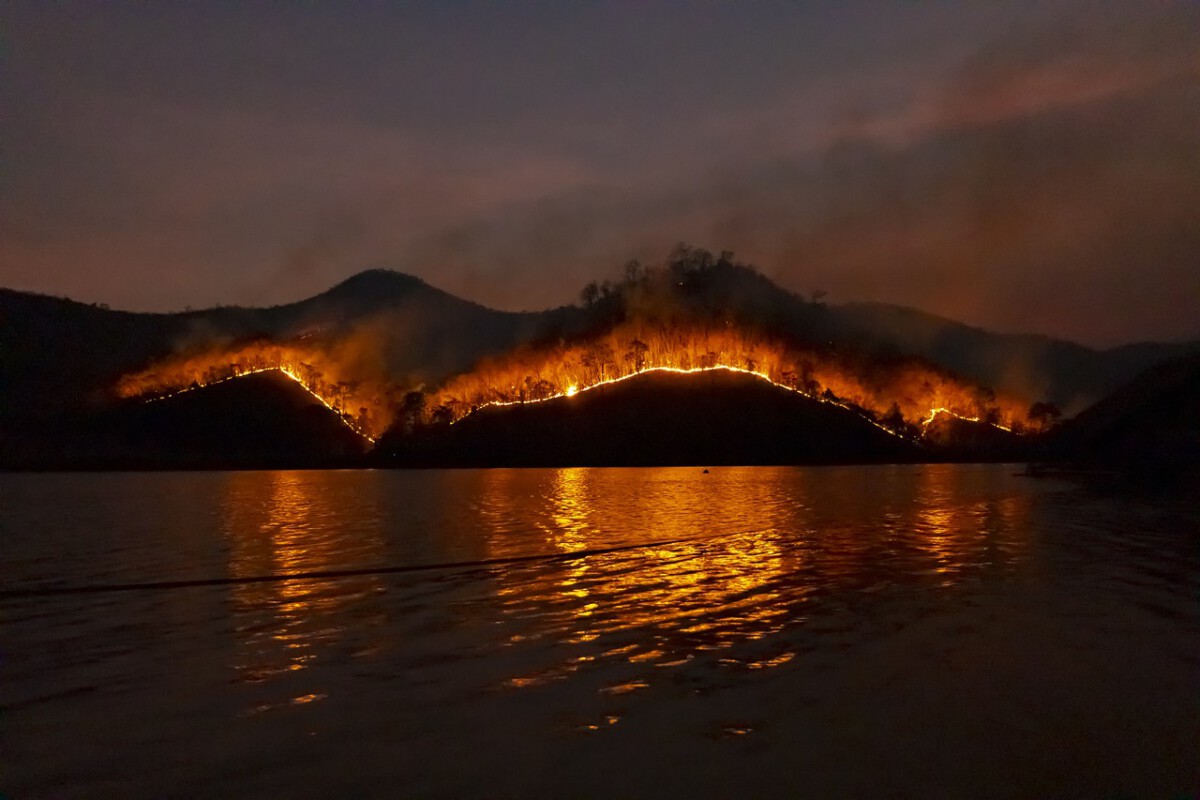Wildfires are a force of nature that have long posed threats to lives, property, and natural habitats. In states like California, where wildfires are becoming increasingly common, the need for effective prediction and management strategies is more pressing than ever. Enter artificial intelligence (AI)—a technological marvel that promises to revolutionize how we predict and respond to these fiery disasters. But can AI truly save lives?
Understanding AI’s Role in Wildfire Prediction

AI employs sophisticated machine learning algorithms to analyze a multitude of data sources. These include weather patterns, vegetation moisture, wind speed, and more. By processing this information, AI systems can identify conditions that are ripe for wildfires. Imagine having a weather app that not only tells you about rain but also warns you about potential fire risks. It’s like having a digital crystal ball that can foresee the future, allowing us to take preventive actions.
California: A Case Study in AI Wildfire Prediction

California, often plagued by devastating wildfires, has turned to AI as a potential savior. The state has invested heavily in AI technologies to assist firefighters and emergency services. For example, the collaboration between Cal Fire and tech companies has led to the development of predictive models that analyze fire behavior. These models help in making informed decisions, such as where to focus firefighting efforts and which areas to evacuate.
The Impact of AI on Firefighting Strategies

The integration of AI into firefighting strategies has brought about significant changes. Firefighters can now prioritize their efforts based on AI predictions, ensuring that resources are allocated where they are needed most. For example, AI can help determine the most efficient routes for evacuation, potentially saving lives. Moreover, by sharing AI-generated predictions with the public, communities can be better prepared for imminent threats, enhancing overall safety.
Key Features of AI Wildfire Prediction Models

AI models for wildfire prediction boast several key features:
– **Data Integration**: They combine data from various sources like satellite imagery and weather stations.
– **Real-Time Analysis**: These systems offer real-time updates, crucial for timely responses.
– **Predictive Capabilities**: AI can forecast fire spread, aiding in evacuation planning.
These features make AI a powerful tool in the fight against wildfires, offering insights that were previously unimaginable.
Limitations and Challenges of AI in Wildfire Prediction

Despite its promise, AI is not infallible. The quality of predictions heavily relies on the data fed into the system. Incomplete or poor-quality data can lead to inaccuracies. Furthermore, the dynamic nature of wildfires, influenced by sudden weather changes or human activities, poses challenges that AI may struggle to keep up with. Over-reliance on AI could also lead to complacency in traditional firefighting methods, which remain crucial.
The Importance of Community Preparedness

While AI offers a technological edge, community preparedness remains a cornerstone of wildfire management. Residents in high-risk areas must stay informed and have emergency plans ready. This includes knowing evacuation routes, having emergency kits, and maintaining communication plans. By combining AI predictions with human vigilance, communities can better withstand the threat of wildfires.
Future Prospects of AI in Wildfire Management

The future of AI in wildfire management is filled with potential. Continued advancements in machine learning could enhance prediction accuracy. The integration of Internet of Things (IoT) devices, like smart sensors, could provide real-time data to AI systems, further boosting their capabilities. Collaboration between tech companies and emergency services promises more effective strategies for managing wildfires.
Potential Developments in AI Technology

Several exciting developments are on the horizon:
– **Improved Algorithms**: New algorithms could offer more precise predictions.
– **IoT Integration**: Smart devices could feed real-time data into AI systems.
– **Enhanced Collaboration**: Closer cooperation between tech firms and emergency responders could yield better results.
These advancements suggest a future where AI plays an even more critical role in wildfire management.
Can AI Save Lives?

AI’s integration into wildfire prediction represents a significant leap forward in managing these natural disasters. While it may not eliminate the threat entirely, AI has the potential to save lives by providing timely information and enabling proactive measures. As technology continues to evolve, AI is set to become an indispensable tool in safeguarding communities from the devastating effects of wildfires. By blending AI with traditional methods and community efforts, we can aspire to a future where the impact of wildfires is significantly mitigated.








